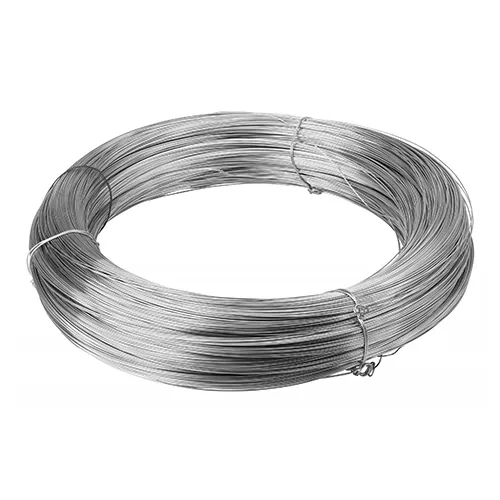-
 Phone:
Phone: -
 Email:
Email:

Exploring Various Styles and Functions of Barbed Wire Fencing Solutions
Types of Barbed Wire An Overview
Barbed wire is a type of fencing wire that is constructed with sharp edges or points arranged at intervals along the strands. It has been widely used for various purposes including security, agricultural fencing, and military applications. Since its invention in the late 19th century, barbed wire has evolved in various designs and materials, catering to different needs and environments. In this article, we will explore the different types of barbed wire available today, highlighting their unique characteristics and uses.
1. Standard Barbed Wire
The most common type is the standard barbed wire, which typically consists of two strands of wire twisted together with barbs spaced at regular intervals. The barbs are usually made from wire that is thicker than the strands themselves, providing added strength and durability. This type of barbed wire is primarily used in agricultural settings to contain livestock and protect crops from intruders. The sharp barbs prevent animals from escaping, while also serving as a deterrent against potential trespassers.
2. Heavy-Duty Barbed Wire
For areas that require enhanced security, heavy-duty barbed wire is the ideal choice. This type is made from thicker and stronger materials, making it especially resistant to tampering and cutting. Heavy-duty barbed wire is often used in high-security environments such as prisons, military bases, and industrial facilities. It provides an additional layer of security compared to standard barbed wire, as the larger and closer-set barbs make it much more difficult to climb over or cut through.
Coated barbed wire combines functionality with aesthetic appeal. Typically made from traditional galvanized wire, this type of barbed wire is coated with a layer of vinyl or poly coating to prevent rust and corrosion. The coating not only extends the lifespan of the wire but also allows for various color options, making it suitable for residential applications where appearance matters. Coated barbed wire is often utilized in gardens, farms, and other properties where security and visual appeal are equally important.
types of barbed wire

4. Concertina Wire
Concertina wire, often referred to as razor wire, takes security to another level. This type of barbed wire consists of sharp blades or points arranged in a spiral formation, making it a formidable barrier against intrusion. Concertina wire is frequently used in high-security applications, such as border control and military installations. Its aggressive design deters potential trespassers, as attempting to breach the barrier can result in serious injuries.
5. Barbed Tape
Barbed tape is a variant of traditional barbed wire that consists of a flat tape with barbs protruding at intervals. It is often used in a similar capacity to concertina wire, providing an easy-to-install security solution. The tape can be deployed along fences or walls and is particularly effective in deterring individuals from attempting to climb over. Its unique design allows for quick installation and adaptability to various environments, making it a popular choice for temporary security measures.
6. Electric Barbed Wire
For those looking to combine traditional barbed wire with modern technology, electric barbed wire is an ideal option. This type features electrical current running through the wire, delivering a shock to anyone who attempts to touch or climb over it. Electric barbed wire is primarily used in high-security applications where preventing unauthorized access is critical. While it significantly enhances security, it is important to ensure that it complies with local laws and regulations regarding the use of electric fences.
Conclusion
Barbed wire remains an essential tool in securing properties and managing livestock. With various types available, ranging from standard to electric, property owners can choose the right solution that fits their specific needs. Understanding the different types of barbed wire allows for informed decisions on fencing solutions that balance security, aesthetics, and functionality. Whether for agricultural use, residential purposes, or high-security applications, barbed wire continues to be a reliable solution for boundary control.
-
Wire Mesh for Every Need: A Practical SolutionNewsJul.25,2025
-
Steel Fences: Durable, Secure, and Stylish OptionsNewsJul.25,2025
-
Roll Top Fencing: A Smart Solution for Safety and SecurityNewsJul.25,2025
-
Cattle Farm Fencing Solutions for Maximum SecurityNewsJul.25,2025
-
Affordable Iron Binding Wire SolutionsNewsJul.25,2025
-
Affordable Galvanized Wire SolutionsNewsJul.25,2025
-
Wire Hanger Recycling IdeasNewsJul.25,2025








